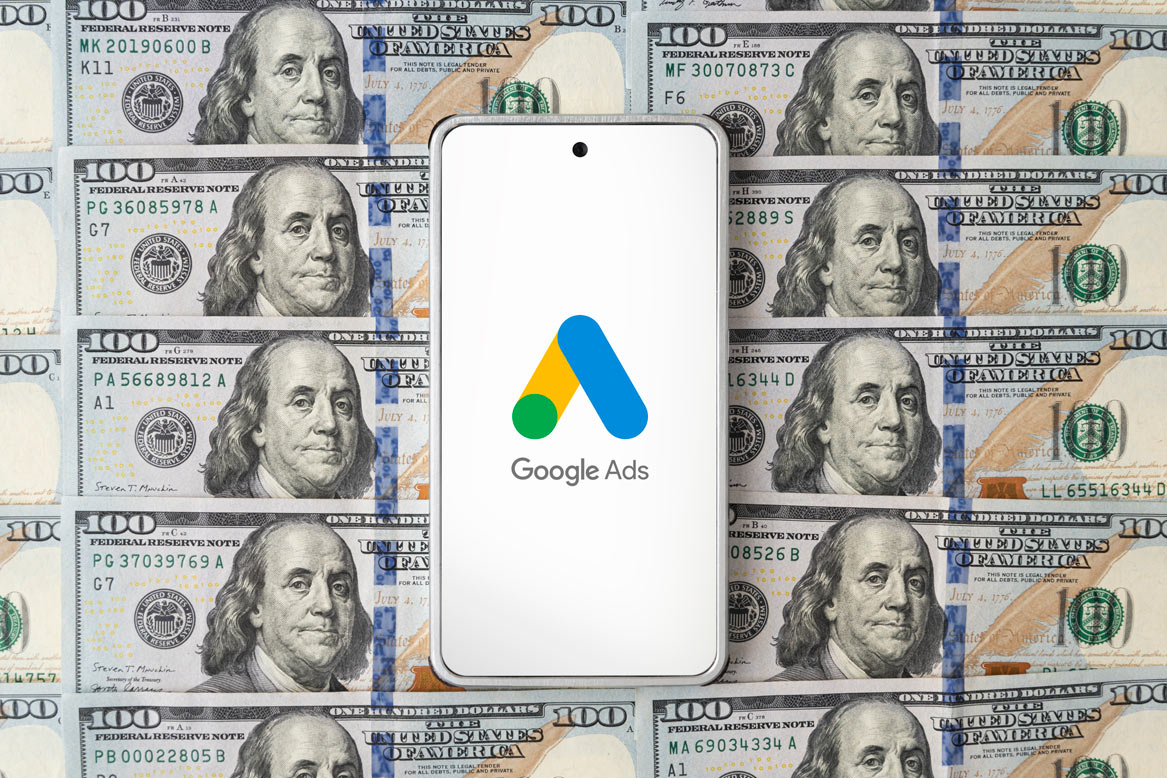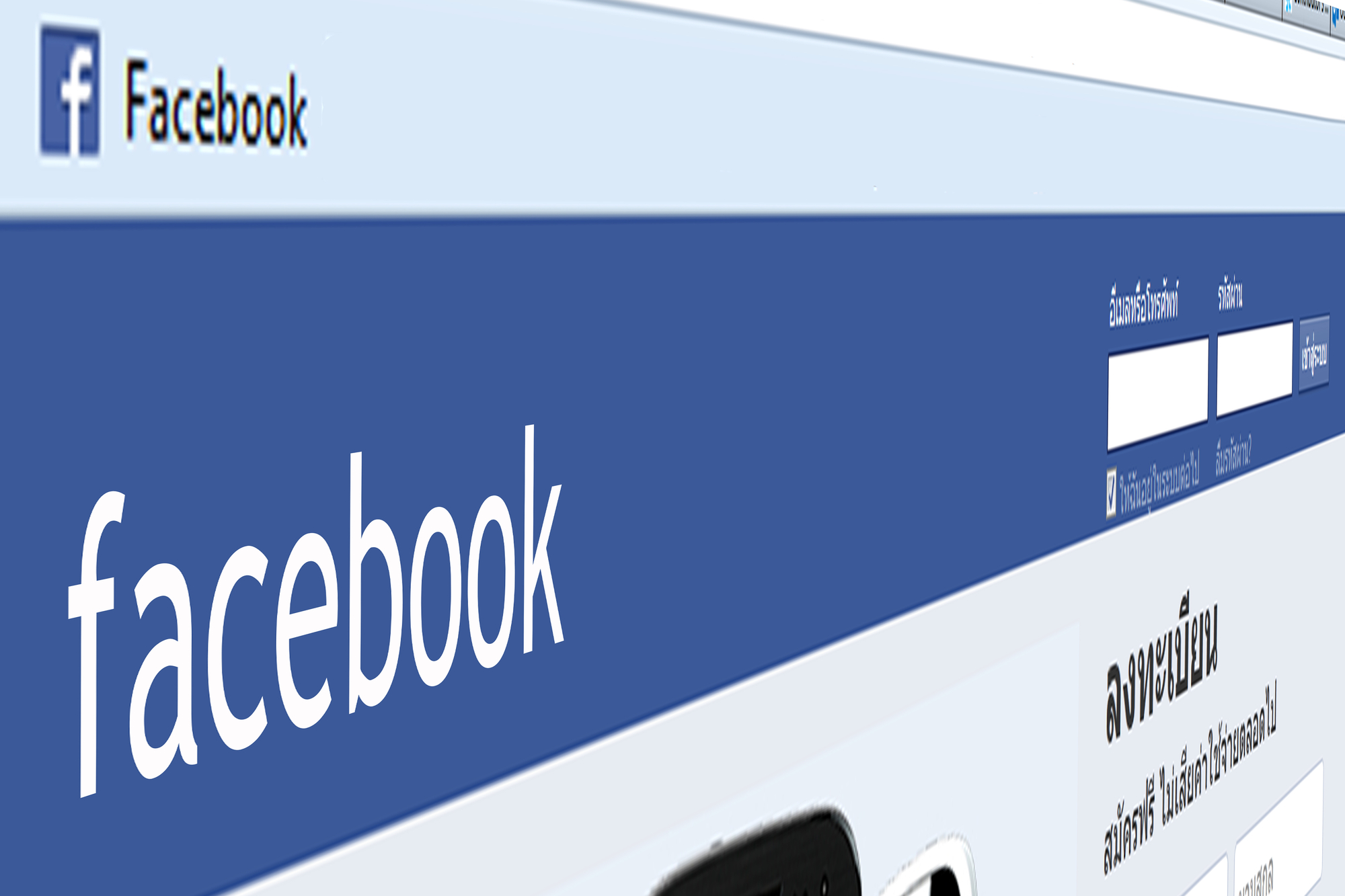In continuation from Tuesday in this blog post on trends for business website marketing and visibility, I’ll talk about Google+ Local pages and YouTube. Google+ Local Pages Also Known as Google Places Big changes happened last year for Google+ Local pages. First, Google removed many of the fields you can…
Pay Per Click
-
Google AdWords - Pay Per Click - Social Media - Tips - Video - Web Content - Web Design - Web Visibility
-
Facebook Ad Types Explained
If you are still in love with Facebook, you may like my short and easy to understand primer on Facebook Advertising. Here’s what you need to know in a nutshell. You have four ad choice options on Facebook in their pay per click model – web ads, social ads, sponsored stories,…
-
Twitter Advertising Tips
Right now I am advertising on Twitter and for FREE thanks to American Express and Twitter! I’ve gotten $100 of Twitter advertising free in order to check out Twitter’s new small business pay per click program. This post will tell you a little more about the options you have in…
-
How Do You Know How Much a Click Will Cost on AdWords?
So you want to try AdWords, but want to make sure you will get performance. You understand you need a high enough maximum cost per click to be in the auction and your daily budget needs to be high enough to support your maximum cost per click to get AdWords…







